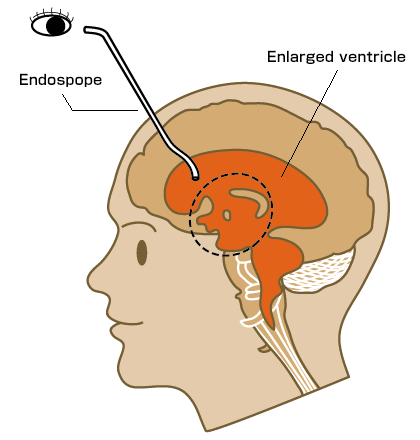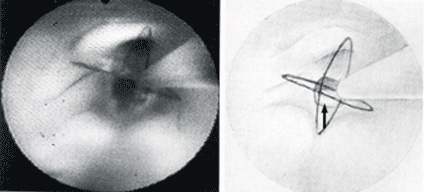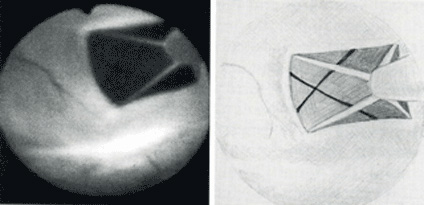- HOME
- For Patients
- Hydrocephalus
- Endoscopic surgery of the hydrocephalus
Hydrocephalus
- About hydrocephalus
- Symptom of hydrocephalus
- Cause of hydrocephalus
- Diagnosis of hydrocephalus
- Treatment of hydrocephalus
- Endoscopic surgery of the hydrocephalus
Endoscopic surgery of the hydrocephalus

If a mouse is carried on a picture, it will change to an expansion picture.
This surgical procedure has rapidly increased in popularity in recent years. Endoscopy is already well known in the form of gastric fiberscopy and colonoscopy, and a finer model of an endoscope is also used in neurosurgery. A small opening, around the size of a thumbprint, is made in the cranium, and the endoscope is inserted through this hole into the space (cerebral ventricle) where the excess spinal fluid has accumulated and is causing the hydrocephalus. A special device is then inserted through the endoscope to make an opening in the wall of the cerebral ventricle in order to improve the passage of spinal fluid. When a shunt is used, a tube, which is a foreign object to the body, is implanted semi-permanently from the head to the abdomen, but this is not required in endoscopic treatment.
This procedure is suitable for patients who meet certain conditions, including being at least 6 years old and showing no exchange of spinal fluid between ventricles. Not all patients are suited to undergoing endoscopy, and in many cases a shunt may provide a better method of treatment. For patients with normal-pressure hydrocephalus, shunts are a more appropriate treatment than endoscopy.
[ Making an opening in the wall of the cerebral ventricle ]

[ Close-up of the opening ]








